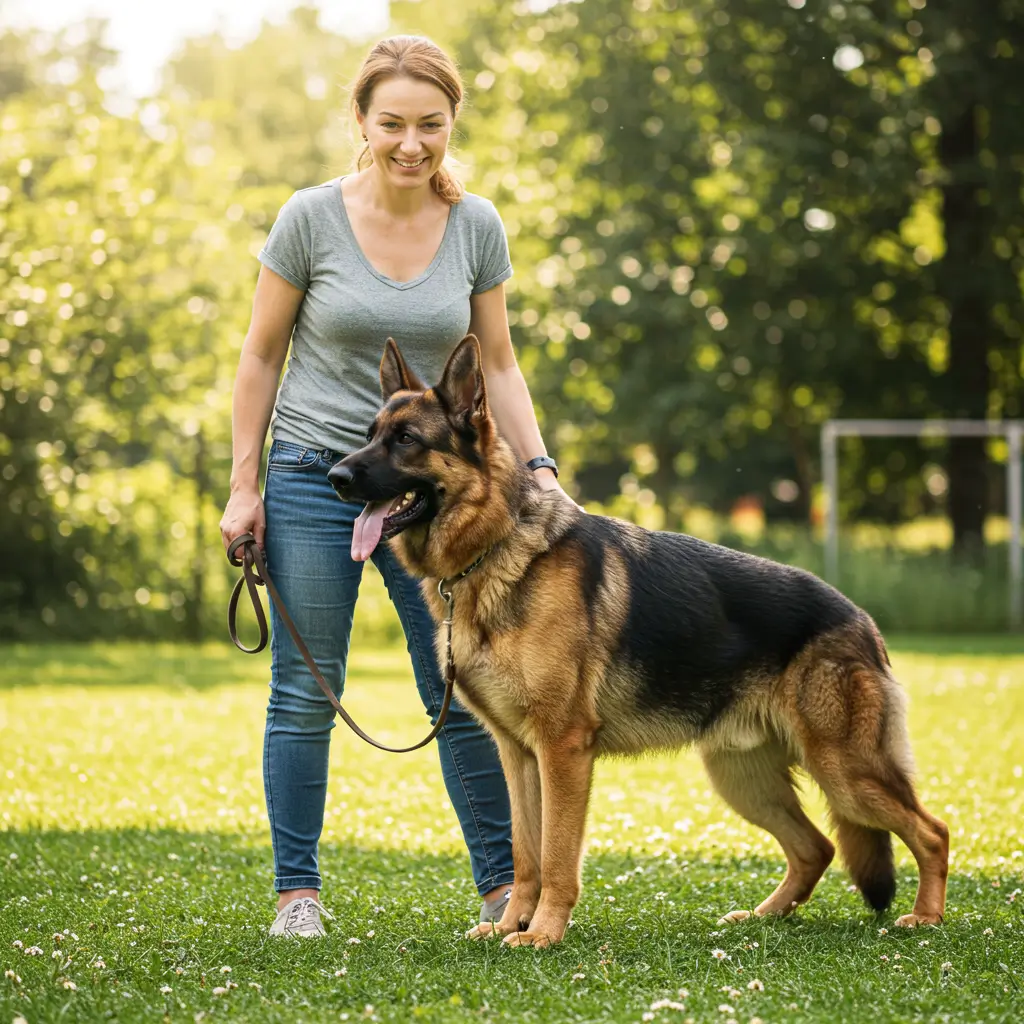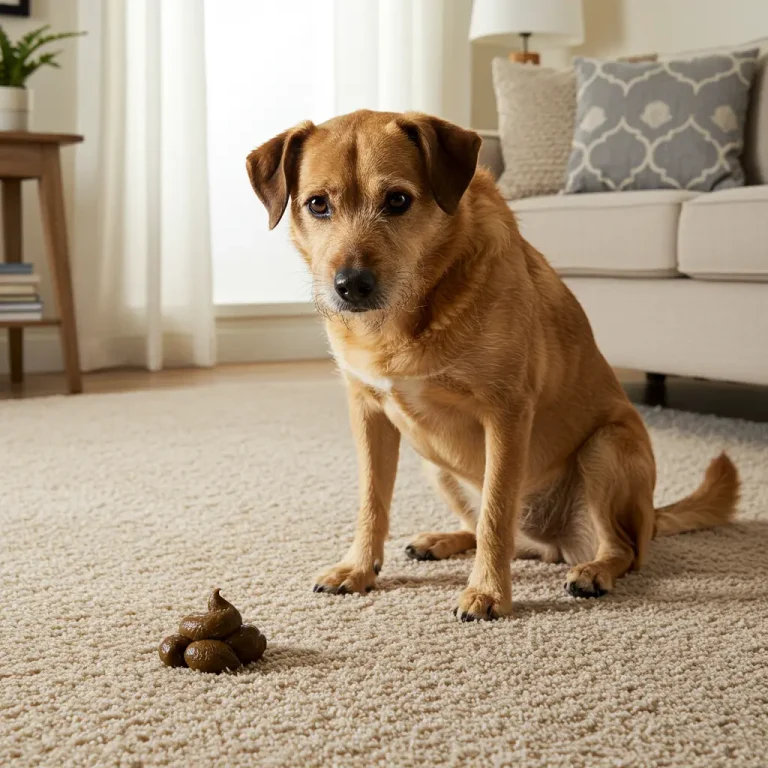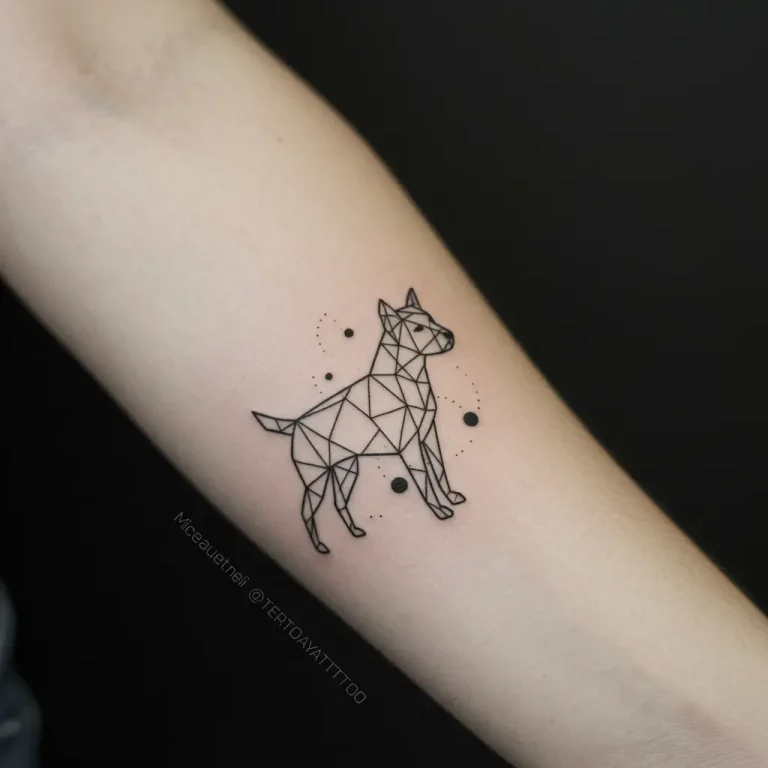German Shepherd Care Guide Every Owner Should Know
You brought home a German Shepherd, and now you want the real, no-nonsense care guide that keeps your legend in top form. Perfect. I share my life with a GSD who outsmarts me at least twice a week, so I speak from friendly trenches. Want a roadmap that saves time, money, and your favourite trainers? Let’s roll.
Feed the Engine: Smart, Consistent Nutrition
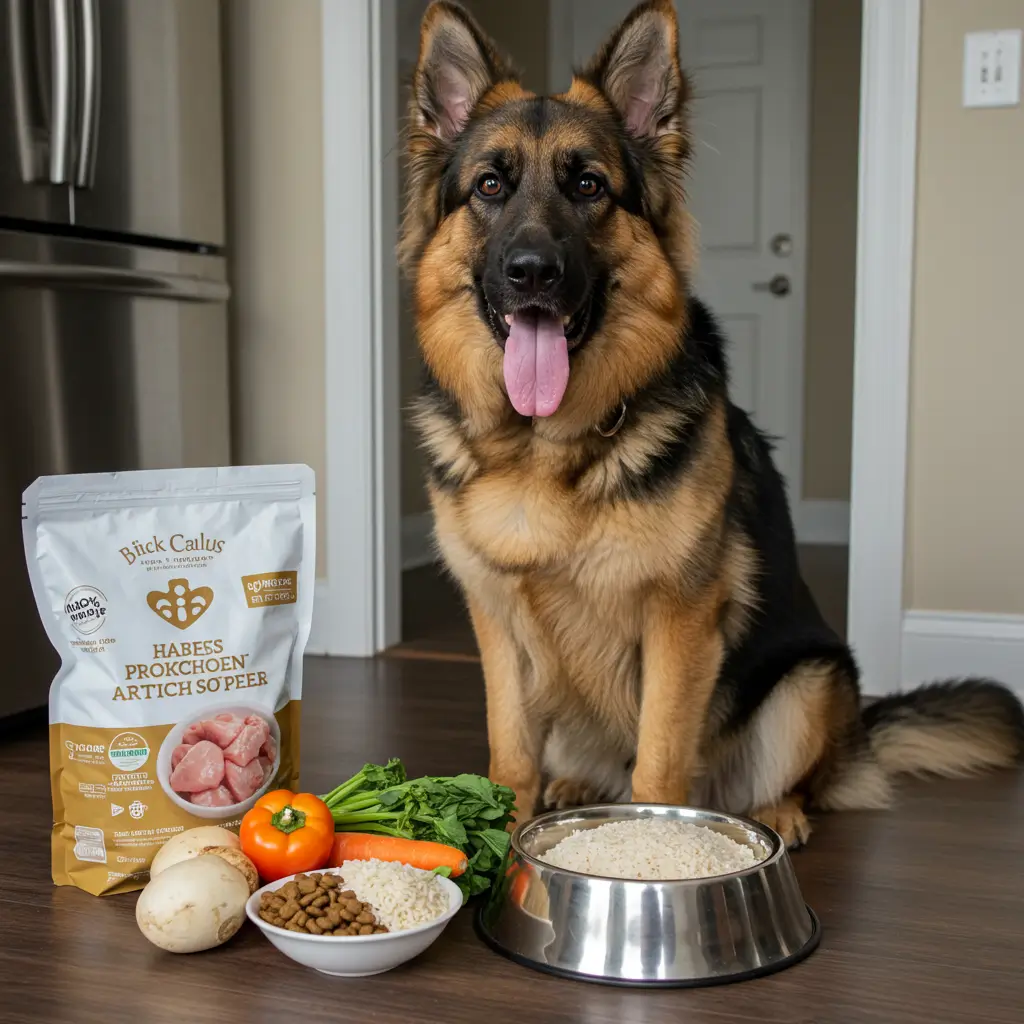
Your German Shepherd runs like a sports car, not a scooter. I keep meals high in quality animal protein with balanced fats and digestible carbs. I split food into two measured meals to support energy and reduce bloating risks. Ever notice behaviour improve when the bowl holds better fuel?
What I prioritise:
- Complete, high-protein diet (check meat as the first ingredient).
- Joint support with omega-3s and, when needed, glucosamine/chondroitin.
- Body condition score over the scale: you feel ribs with a light touch, not a heavy poke.
FYI: I track treats and use part of the daily ration as training rewards, so I keep the waistline visible. No sneaky calories allowed. 🙂
Exercise & Enrichment: Tired Brain, Happy Dog
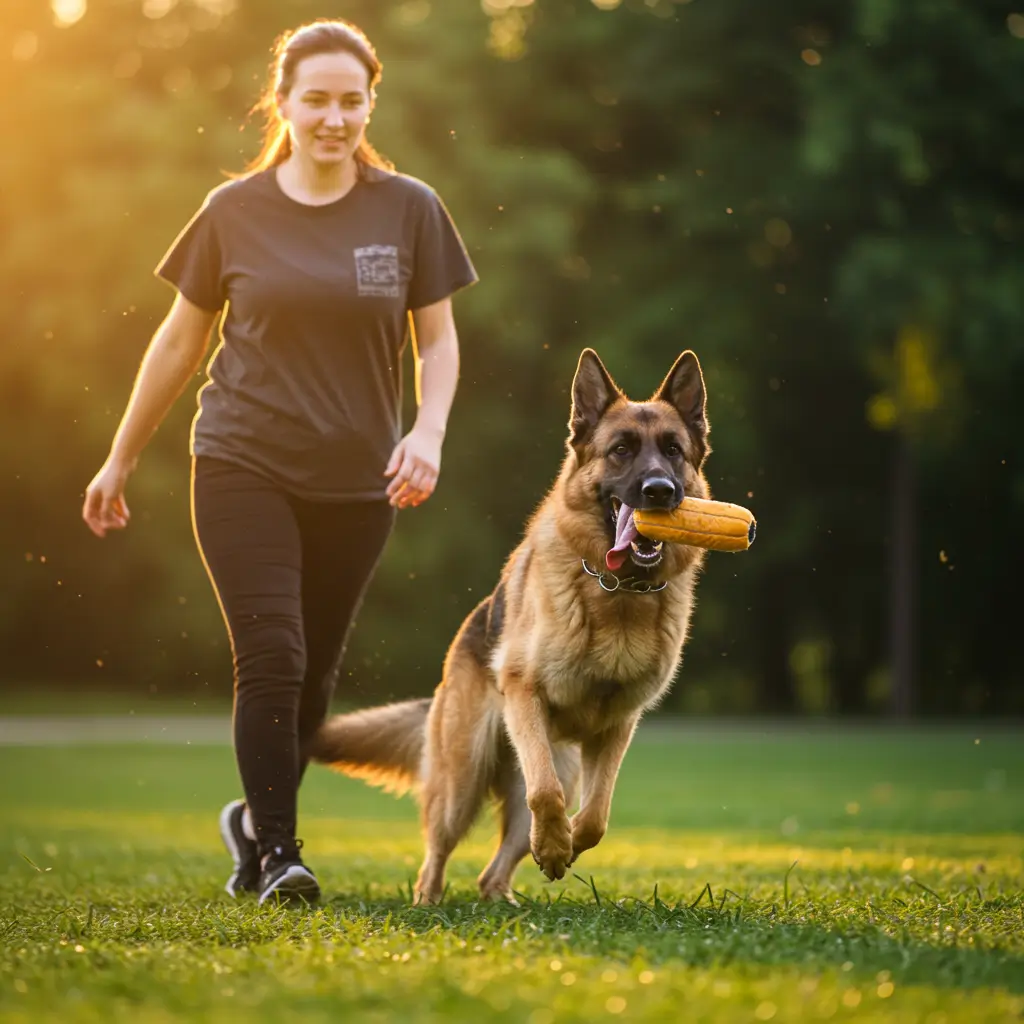
I give my GSD daily physical work and mental puzzles, not just laps around the block. A bored Shepherd invents hobbies like landscaping your lawn—for free. You want focus? Burn energy first, polish manners second.
Daily movement
I rotate brisk walks, structured fetch, and hill work. I maintain a steady pace instead of wild sprints to protect joints. Want better recall? I train it during those cardio sessions.
Mental workouts
I use scent games, puzzle feeders, and obedience drills for 10–15 minutes. Short, sharp sessions beat long marathons. I end while the dog still wants more—because momentum builds habits.
Training That Sticks (Without the Drama)
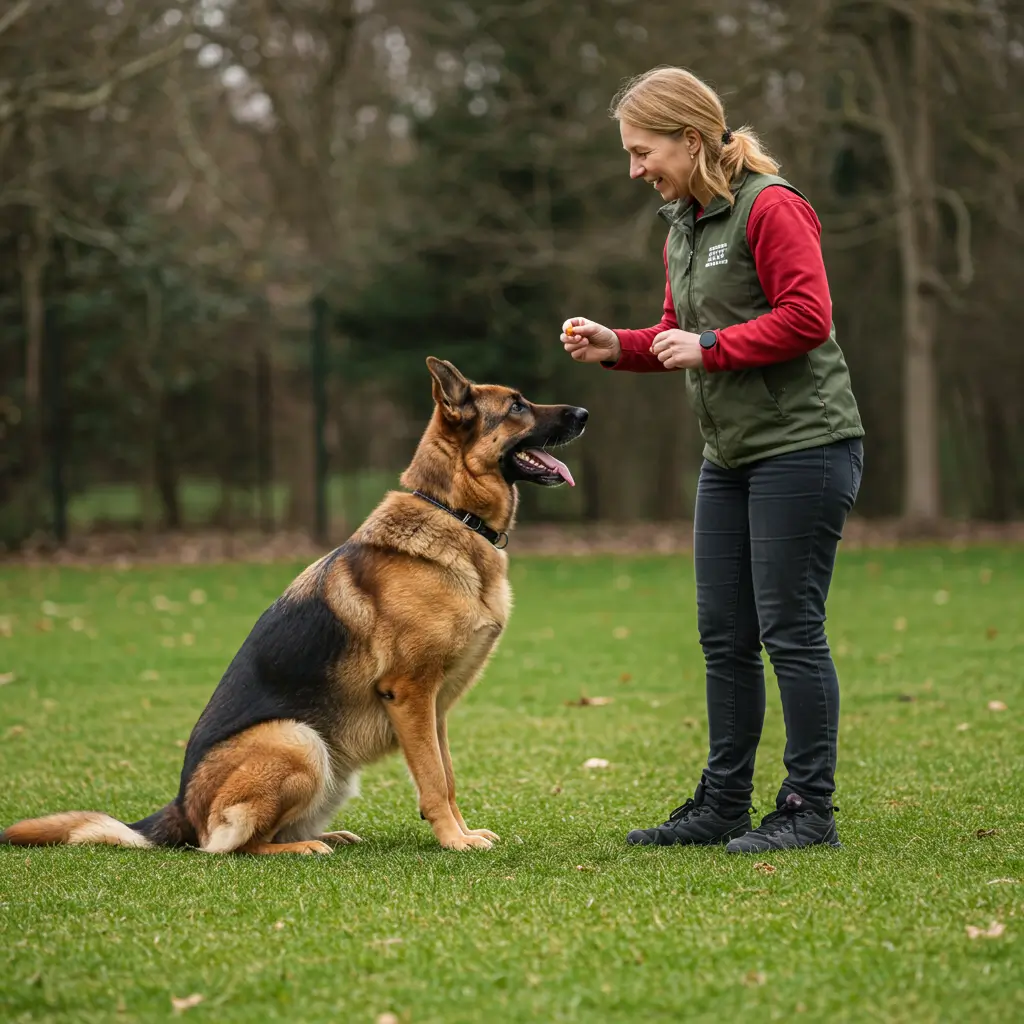
I reward clear choices and I ignore noise. Shepherds respect consistency, timing, and fairness more than stern lectures. Need better results fast? Mark the moment your dog gets it right, then pay like a vending machine that loves good decisions.
My go-to rules:
- One cue, one response. No cue stacking.
- High-value rewards for hard tasks; kibble for easy reps.
- Proof skills in new places so your dog listens beyond the kitchen.
Ever wonder why corrections fall flat? Confusing criteria, not stubbornness, usually sits at the root. Clarity beats volume every time.
Grooming: Less Fur on You, More Shine on Them
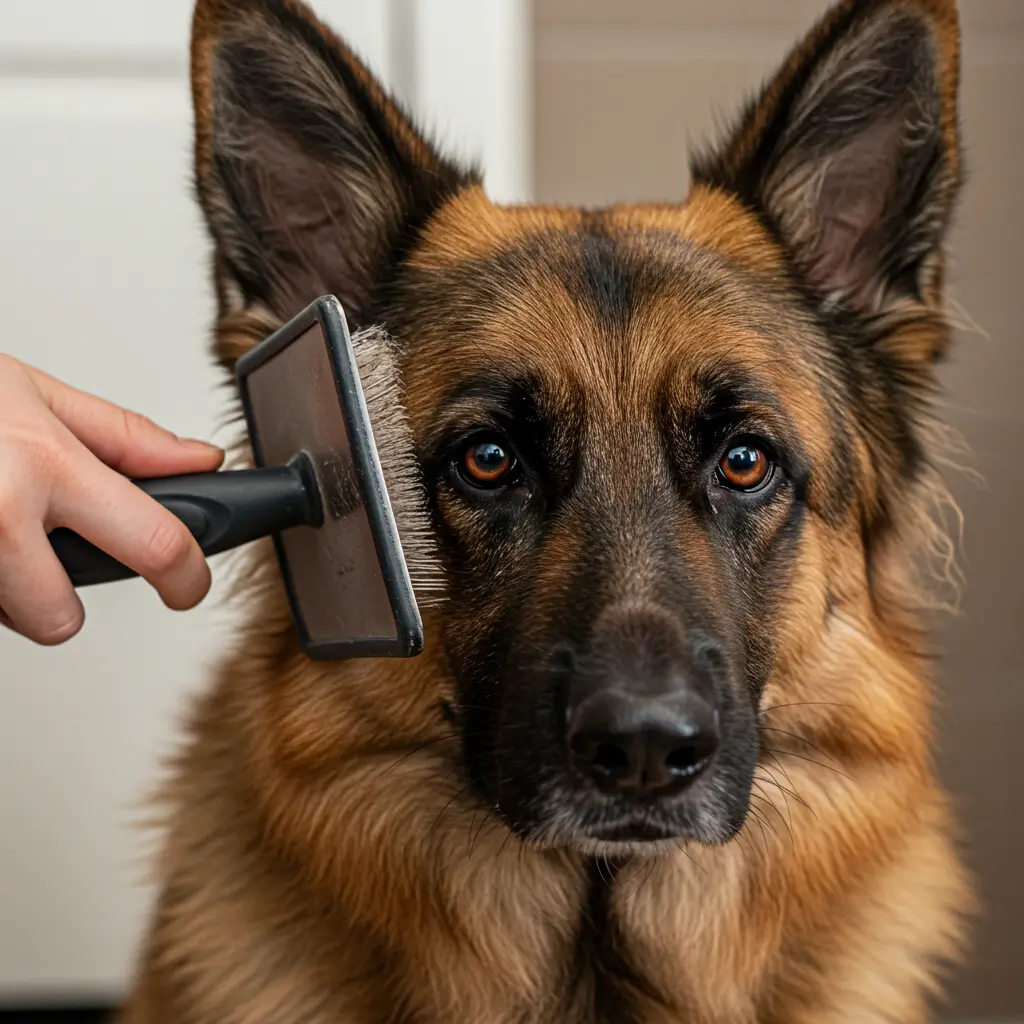
I brush 3–4 times a week with a slicker or undercoat rake to manage shedding. I bathe every 6–8 weeks (or after swamp adventures), and I blow-dry on low to protect the coat. I trim nails weekly for clean movement and fewer floor scratches.
Quick checklist:
- Daily ear glance and wipe when needed.
- Teeth care with enzymatic toothpaste or dental chews.
- Paw checks after runs tiny cuts balloon into big problems fast.
Health Checks: Stay Proactive, Not Reactive

I schedule annual vet exams, and I discuss breed-relevant screenings. You guard this athlete like a coach, not a spectator. Early data saves joints and cash.
Key priorities:
- Monitor hips, elbows, and spine; ask about imaging if gait changes.
- Keep vaccinations, flea/tick, and heartworm protection current.
- Track weight trends; sudden changes signal deeper issues.
I log energy, stool, appetite, and skin notes in my phone. Patterns reveal whispers before they shout.
Socialisation & Confidence: Courage with Good Information
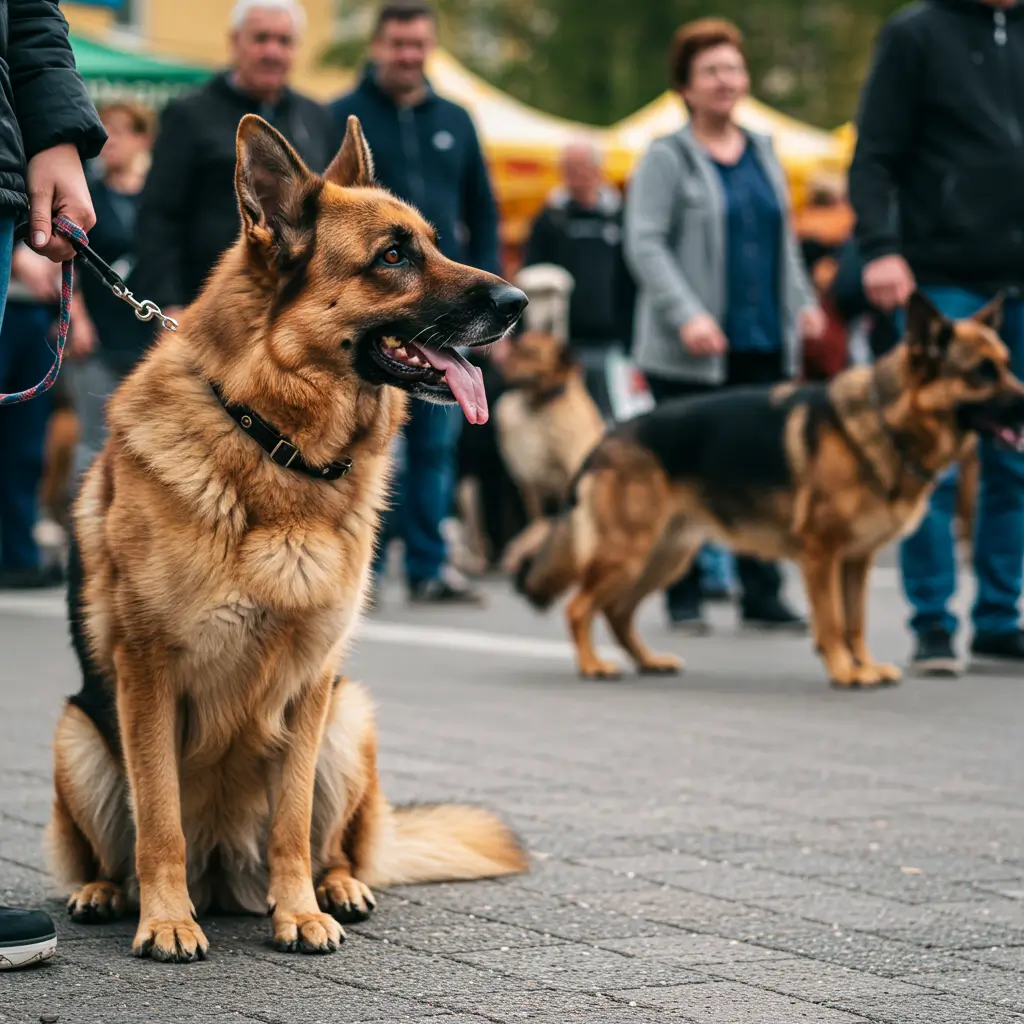
Your GSD doesn’t need every stranger’s hug; your dog needs calm, neutral exposure and choice-based learning. I reward a glance at the “weird thing,” then a look back to me. You grow confidence when you pair novelty with control.
Practice plan:
- Visit quiet car parks before busy markets.
- Let your dog observe first, then approach when ready.
- Reinforce loose leads and soft eyes, not frantic greetings.
Home Setup & Safety: Work With the Herding Brain
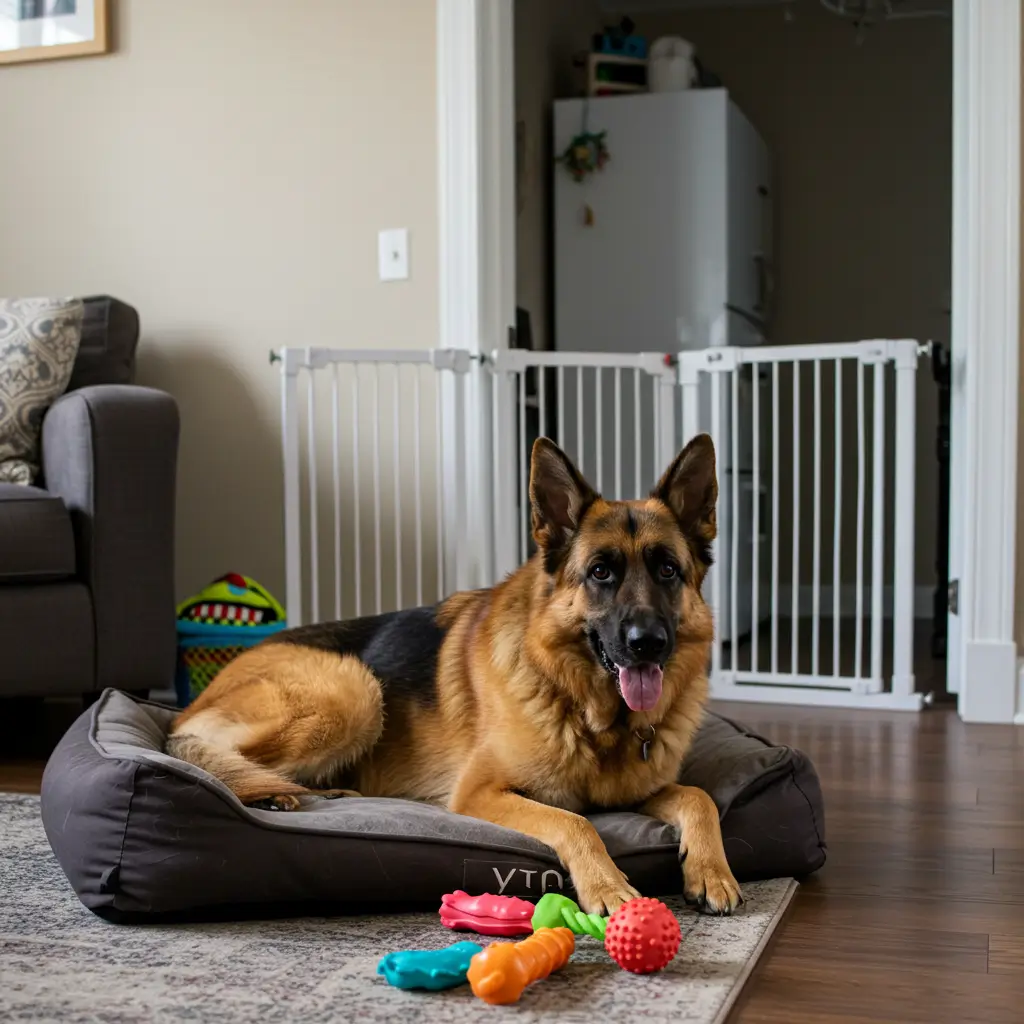
I set rules in the house, so my dog relaxes between jobs. Structure brings peace because your Shepherd loves clear boundaries (and sofas… let’s be honest).
Do this and breathe easier:
- Crate or bed stationing for naps and guests.
- Baby gates to prevent door dashes and kitchen raids.
- Chew rotation so furniture stops looking delicious.
Common Mistakes I Learned to Avoid (The Hard Way)
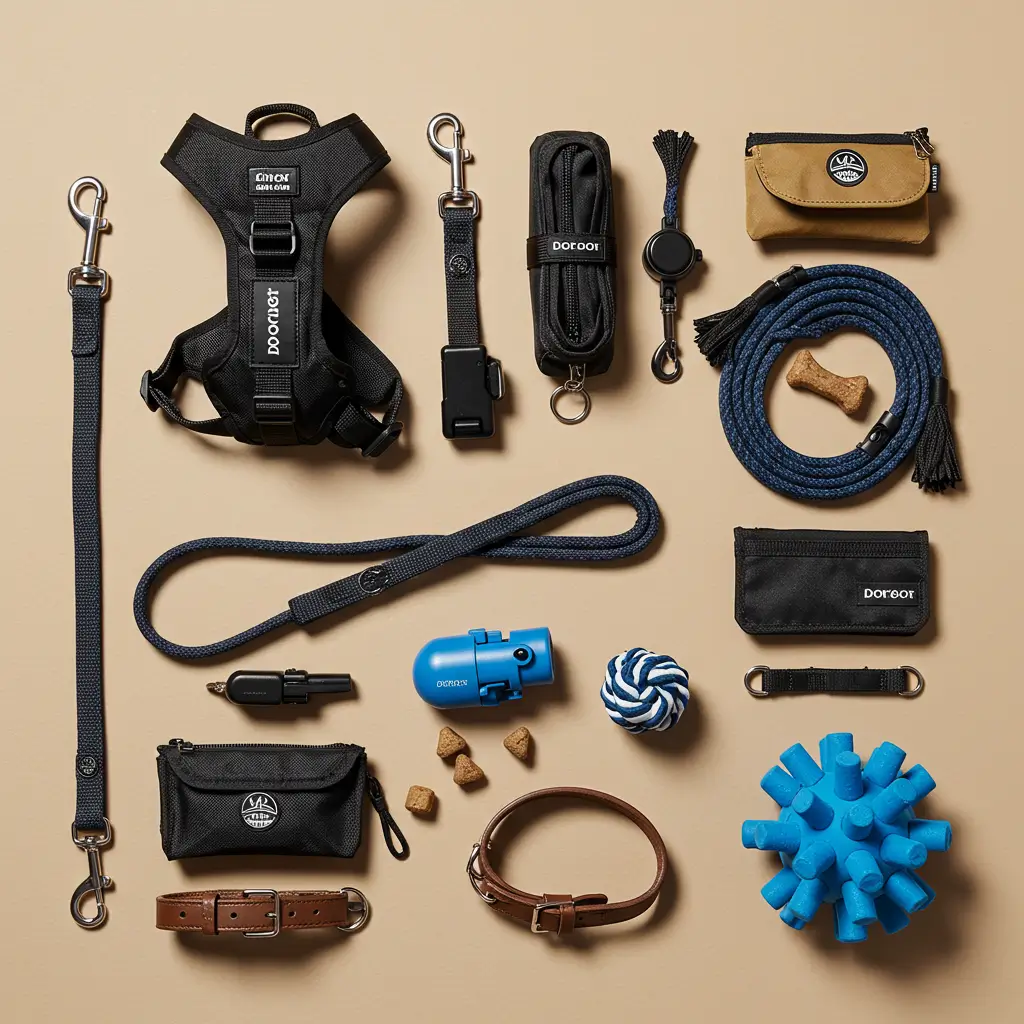
I tried to “out-exercise” bad training once. The dog got fitter; the bad habits got stronger. Oops.
Skip these traps:
- Inconsistent rules. Your dog hears “sometimes” as “always.”
- Overlong sessions. Quality reps beat marathon drills.
- Under-socialising. You need positive, neutral exposures, not chaos.
- Wrong gear. Flimsy collars fail when squirrels hold press conferences.
Essential Gear I Actually Use (IMO)
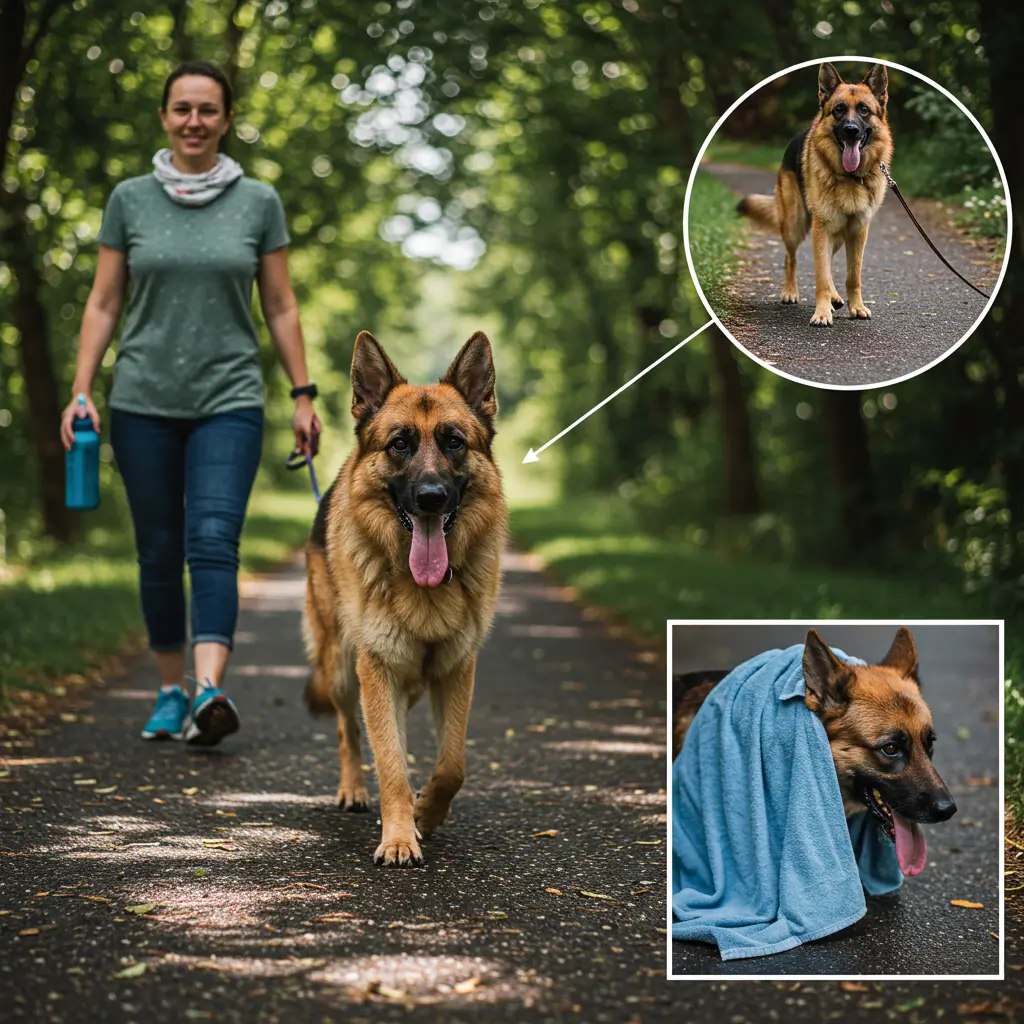
I keep my kit simple and effective. Gear never replaces training, but good tools boost safety and clarity.
- Well-fitted Y-front harness for joints and control.
- 6-foot leash for everyday work; long line for recall proofing.
- Flat buckle collar with ID tags.
- Puzzle feeders and scent tins for brain days.
- Elevated cot bed for cool naps and place training.
- High-value treats in a treat pouch so I pay fast and clean.
I label a small tote “Training” and leave it by the door. No excuses when motivation strikes.
Weather & Seasonal Care: Comfort Protects Performance
Shepherds handle cool weather well, but heat knocks them fast. I train early mornings or evenings in summer and I swap fetch for shaded scent games when temps climb. I carry water, and I use cool-down walks before crate time.
Cold or wet? I towel dry and brush through the coat to prevent matting. I skip heavy shampoos in winter to protect natural oils. Want fewer hot spots? Dry thoroughly, especially armpits and belly.
A Real-Life Routine You Can Steal
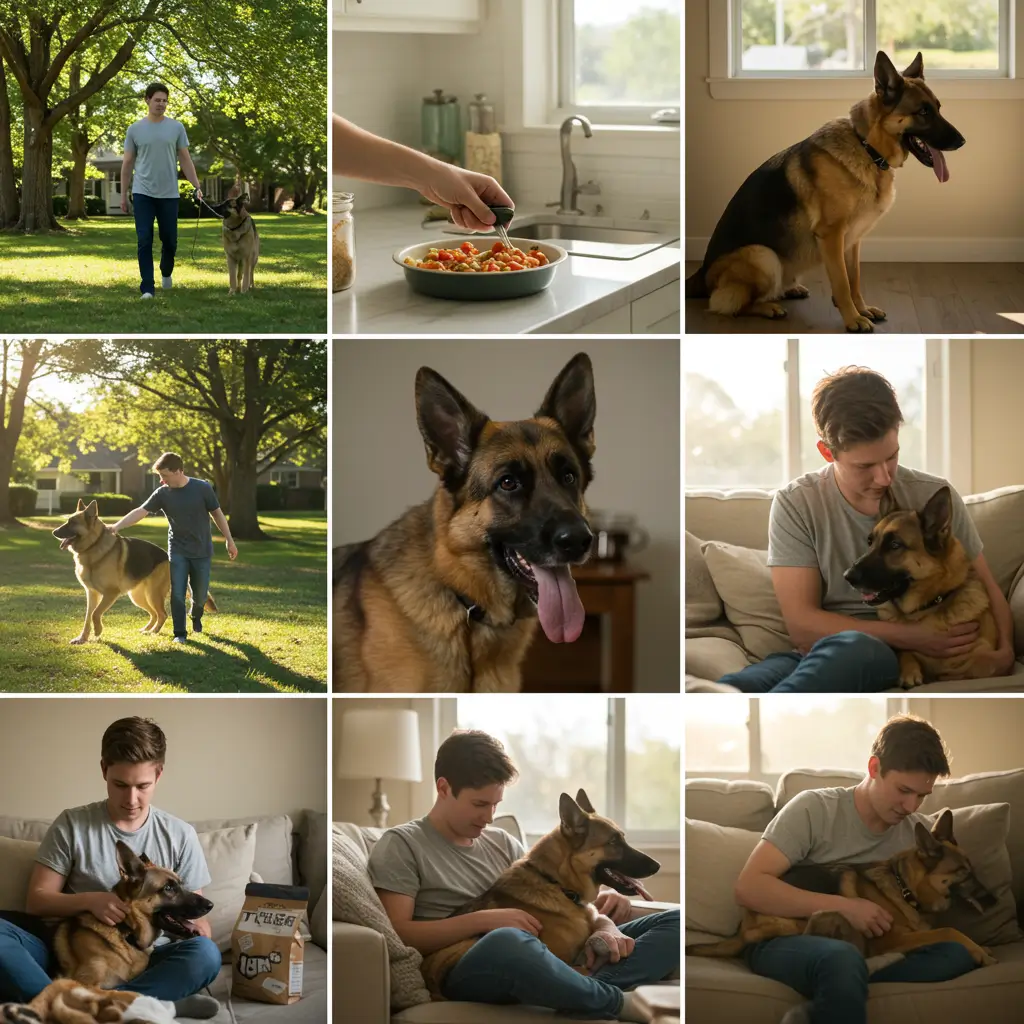
Here’s my simple template that keeps life sane:
- Morning (30–45 min): Brisk walk + 5-minute obedience.
- Midday (10 min): Scent box search or puzzle feeder.
- Evening (20–30 min): Structured fetch or heelwork + calm place time.
- Weekly: Nail trim, ear check, gear wash, weight glance.
- Monthly: Training goal audit; adjust food to body condition.
Small, consistent reps build the well-mannered, athletic Shepherd you imagined. You don’t need perfection; you need repeatable habits.
Conclusion: Raise the Shepherd You Brag About
You now hold the [German Shepherd Care Guide Every Owner Should Know] in plain English, not mystery codes. Feed quality, train with clarity, move the body, and enrich the mind.
Track health early, set house rules, and celebrate tiny wins. Ready to run this plan for two weeks and watch your dog level up? I’ll cheer from the sidelines and I’ll remind you to pocket the treats first.

